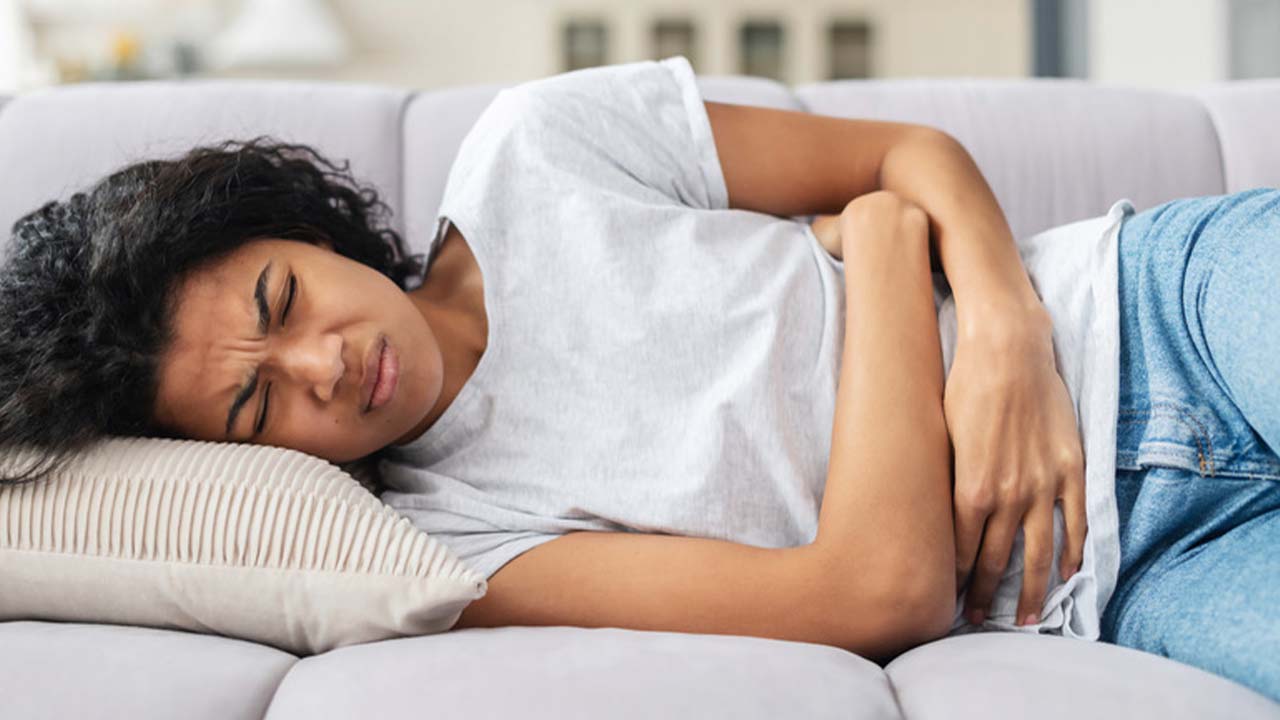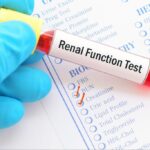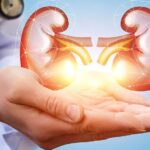One of the most common yet annoying parts of the menstrual cycle is the menstrual cramps. This feeling of aching and throbbing in your lower belly strikes before your period starts and during the process. Menstrual cramps are usually typical for many women. They can vary from mild to severe. Menstrual cramps are also commonly known as dysmenorrhea.
Symptoms of Menstrual Cramps
- Mild or intense cramping pain and throbbing in your lower abdomen
- To start feeling the cramps 1 to 3 days before the start of your period or even after the cycle ends
- A continuous but dull pain
- Pain in lower back and thighs
- Nausea
- Loss of appetite
- Headaches
- Dizziness
What Causes Period Cramps?
During your menstrual cycle, a hormone-like substance known as prostaglandins triggers the uterus muscles to contract, leading to pain and period cramps. The higher the levers of prostaglandins, the higher will be the level of pain. The following causes can also lead to menstrual cramps;
Uterine fibroids
There are certain types of noncancerous growths. These can be found along the uterine wall. Fibroids can cause changes in the menstrual cycle and can be treated with minimally invasive options such as Uterine Fibroid Embolization.
Adenomyosis
Adenomyosis happens when the uterine tissues start to grow into the muscular walls of the uterus. The condition usually occurs in the late childbearing years and disappears typically after menopause.
Endometriosis
Endometriosis is when tissues similar to the uterine lining start to grow on the ovaries, fallopian tubes, pelvis tissues, etc. The condition may cause heavy bleeding, painful periods, and pain during sex, etc.
Pelvic inflammatory disease
This infection is associated with the reproductive system. It is a sexually transmitted infection. The common symptoms during this condition are pelvic pain and fever, and women may also experience vaginal discharge.
Cervical stenosis
When a woman’s cervix is small, it restricts the menstrual flow and causes pain and pressure on the uterus. The condition rarely has symptoms, but it may rarely cause infertility.
Risk factors of Menstrual Cramps
- You are younger than 30
- Puberty started earlier than the age of 11
- You experience heavy bleeding or menorrhagia
- You experience irregular bleeding during your menstrual cycle
- Family history
- Smoking




